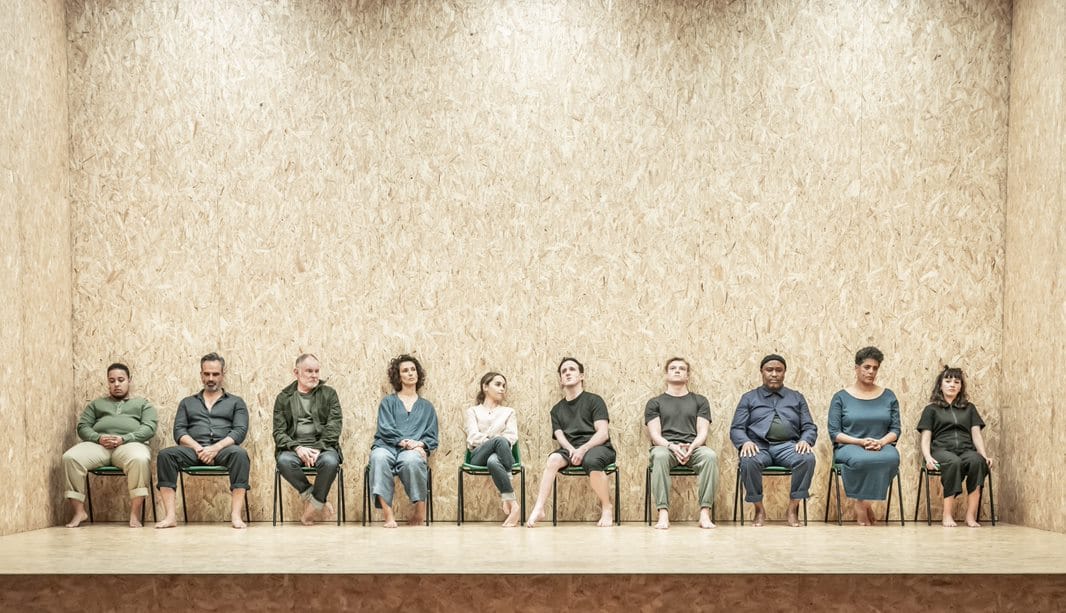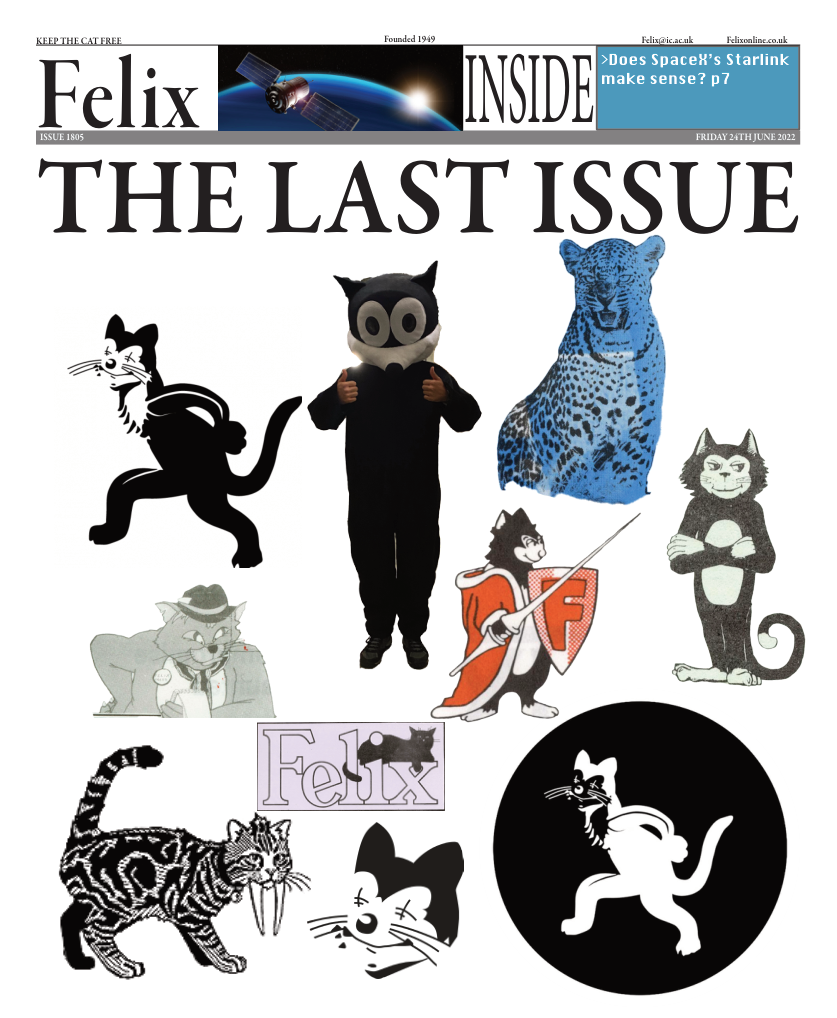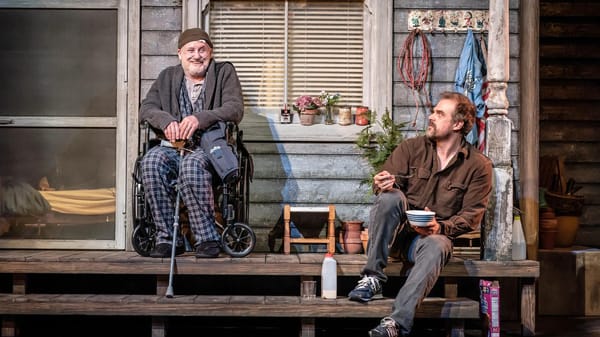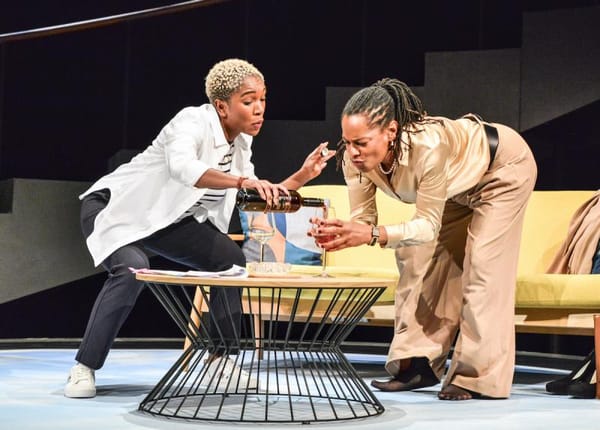The Seagull Review
The Seagull tells the story of four main characters and begins with an experimental play (a play within a play).

The Seagull
★★★
- What: Drama
- Where: Harold Pinter Theatre
The Seagull tells the story of four main characters and begins with an experimental play (a play within a play). Each of the characters have gathered to watch Kostja's first play: the frustrated young writer wants to revolutionise theatre. Kostja's mother Irina is self-absorbed and selfish, and is quite dismissive of Kostja's theatre writing efforts, which she interprets as an insult to her world of theatre in which she has established herself as a successful actress. Kostja's love and muze Nina stars in his play. Thoughtlessly or perhaps feigning generosity Irina encourages her boyfriend, writer Trigorin, to help Nina’s acting career. Nina is completely starstruck by Irina but especially by Trigorin.
From this point onwards the story takes many turns, and all characters might have been happy if not for the fact that no-one's love is mutual.
Anton Chekhov’s revolutionary play has captured the hearts of audiences for over a century. First performed in 1896, St Petersburg, Russia. Many theatre versions of The Seagull and no less than six film adaptations exist. Chekhov’s play leaves the most extreme events implicit, through reference by characters it dawns on the audience what tragedy has occurred. Anya Reiss's version takes a modern spin on this classic play.
For me, the contemporary flavour was hard to appreciate, and I found references to phone signal, cinema, Range Rovers almost jarring . On the flip-side Reiss’ humour did string a cord with the audience, and provided very welcome comedic relief. Jamie Lloyd’s minimalist stage consists of four walls and ten chairs. Most of the time all actors were present on the stage, sitting or standing in a motionless fashion, staring in the distance when not present in a scene.
Emilia Clarke's theatre début was hotly anticipated, but it was another Game of Thrones alum that blew me away. Indira Varma was superbly convincing as a selfish, manipulative, but radiant actress of times past. Just like her character captured the minds of her loved ones, Varma and Tom Rhys Harries (Trigorin) had an amazing talent for capturing the audience. They were larger than life and their presence filled the room and shared experience.
Daniel Monks compellingly delivered a tormented, insecure young adult with a superiority complex. Although I found Emilia's performance as a naïve and excessively starstruck author fan not entirely convincing (which may have been due to her lines) I felt her pain after she transformed into a character embittered and burdened by life's reality and roughness. The entire cast pulled its weight. The most heart-breaking moments for me were between Kostja and his mother. Their toxic relationship, flawed personalities and unmet needs went through marrow and bone.
Watch The Seagull because you want to feel the ache of our humanity. Or because you want to be 10m away from world-famous actresses.









